Originally published in Autoweek, June 20, 1983
BMW Isetta 300; Photos by John Matras
The first problem is getting in. Sure, the door opens with a twist of the handle, but it’s on the front of the car. I can’t just slide in from the side like I’ve practiced for years. It’s a learned skill, you know, getting in a car. There’s nothing innate or instinctive about it. A tribesman from the hills of Java, never having seen a car, might well crawl in on his hands and knees.
Yet here I am, having been around automobiles my entire life, and I don’t know how to get in the Isetta. As car-ignorant as an aborigine, I feel many times more foolish because somehow I should know.
Harold Grube, owner of the Isetta, senses my awkwardness, perhaps remembering his own, and explains the process to me as it was explained to him. First open the door wide and step in. There’s no need to duck. The door when closed actually leans back roughly 30 degrees from vertical, something like an old-fashioned cellar door. With the door open, there is nothing but sky above the flat floor of the passenger compartment. Still standing up straight, turn around and face forward. Then sit down and close the door. Simple as that.
Oh, sure. Of course.
The Isetta can do that to you. You may fancy yourself the consummate car nut, and you might well be quite knowledgeable about automobiles, but the Isetta will confound, bemuse, and surprise you at every turn. You’ll develop a grudging respect for the clever solutions to the problems of building a microsized automobile.
The whole concept of the Isetta was in itself a clever solution to the problem of supplying affordable transportation to a continent impoverished by war. It was the brainchild of Renzo Rivolta. Remembered in the US primarily for the Chevy-powered, Guigaro-penned Iso Grifo, Rivolta based his automotive endeavors on the manufacturing of refrigerators in his native Italy under the name Iso Therm. It was, by some stretch of Rivolta’s imagination, a simple step from refrigerators to scooters and motorcycles, and from there to automobiles. Named in honor of Rivolta’s refrigerators, the new car was the Isetta.
But the Isetta didn’t sell in Italy. Introduced in 1953, it lasted only three years.
Meanwhile, BMW was in trouble. The 501, a sedan for the upper middle class, was selling poorly, there not being much left of the German upper-middle-class after the war. So BMW management, stuck with one car that wasn’t selling well, decided to save the company by buying the rights and tooling to another car that wasn’t selling very well either.
The crazy gamble paid off. BMW was able to catch the crest of the small car boom and in 1955, the first year of German Isetta production, BMW was able to sell 12,911 Isettas.
Such sales shouldn’t be surprising, for the Isetta had a very efficient design. It was wide at the front for two people to sit side-by-side, but narrow toward the rear, where room for a small engine was needed.
The engine, for BMW’s application, was the firm’s own R-25 motorcycle engine, a 245cc vertical single producing 12 BHP. Carburetion was a tiny Bing, modified for automotive use, as was the transmission which, in motorcycle form, did not include reverse. Also changed was the addition of a blower and shrouding for cooling. The narrow rear end meant the rear wheels had to be close together, which was actually an advantage as it meant the car needed no differential. The Isetta had a simple live axle, exquisitely cast aluminum, suspended on quarter-elliptic springs with tube shocks. Drive, naturally enough, was by chain.
In October, 1956, a bored and stroked optional engine entered production. Making 13 BHP from 297cc displacement, the Isetta with this engine was known as the Isetta 300.
The front suspension is technically known as Dubonnet-type. In effect, this is a trailing arm with an integral lever shock. It’s fully independent and requires no camber change through travel. The location of the 10-inch diameter front wheels made side doors impractical. The wheel wells would have been hurdles. Thus a solution of the front door. This presented another problem, however: What to do with the steering wheel when the door is opened. Simple. Add a universal joint at the bottom and attach the yoke to the door, and it pivots out of the way. Close the door and the steering wheel falls right into your lap.
The Isetta starts conventionally and easily, but it does ever look odd from the outside. Depending on your outlook, it’s either cute, in the matter of Disney animation, or vaguely obscene, something out of Fritz the Cat.
The clutch pedal is tiny and squeezed between the steering shaft and the left side bulkhead. Add the proximity of the door ahead, and it’s hard to tell whether you’ve fully depress the clutch just hung your foot up on some noncompressible object.
Look for the shifter and get another surprise. It’s not in the middle where it belongs. There it would interfere with getting in and out as well as waste precious space. Instead it’s to the driver’s left, on the bulkhead. The next surprise is that it doesn’t pivot from the base but rather slides and rotates a rod by means of a lever attached perpendicularly to it. And finally the shift pattern is the inverse of the standard pattern. First is where fourth normally is, slide forward for second back into the left for third and forward for fourth.
Driving the Isetta is remarkably unremarkable, however. You’ll always know you are in a one-cylinder car as the vibration is ever present. But it steers like a real car, the steering wheel at a surprisingly un-bus-like angle. The brakes work, and so does the throttle… But don’t expect too much. Acceleration is a casual thing. Please don’t be cruel and ask about 0 to 60 mile-per-hour. Top speed is 53 mph, but only for the patient. You will get to know your passenger, though. It’s not cramped, but you are at close quarters, and what’s more, you’ll be in there with him for a while at those speeds.
Between 1955 and 1962, BMW produced a total of 161,728 Isettas. About 8,000 were imported into the US. The lifespan is somewhat misleading, however, as Isetta sales dwindled steadily and the car was supplemented in the BMW lineup by the BMW 600. (And please don’t be gauche as to call that model an Isetta. It isn’t.) The 600 didn’t make it past 1959. The 700, with its more car-like layout and appearance, proved much more popular.
Overall, the bubble cars were an expedient. They served a specific purpose:
Providing substitute transportation until the standard of living could rise sufficiently to support “real cars.” The Isetta was entry-level automobile ownership. You might as well say it was a way of getting in.









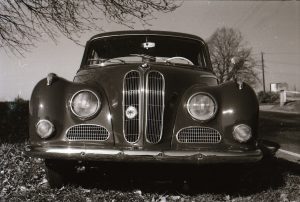

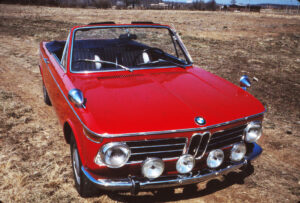
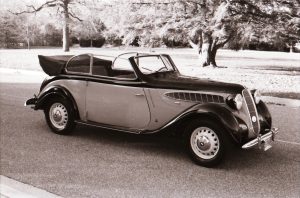

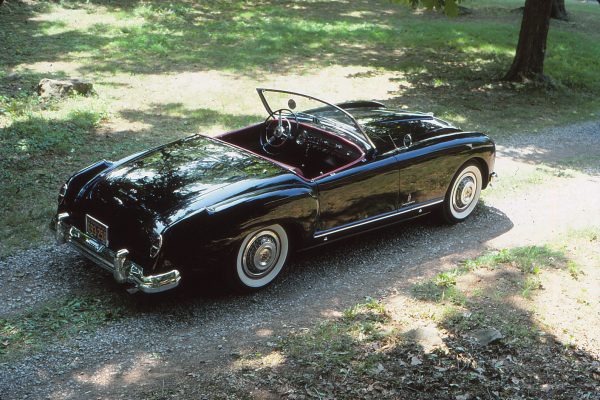
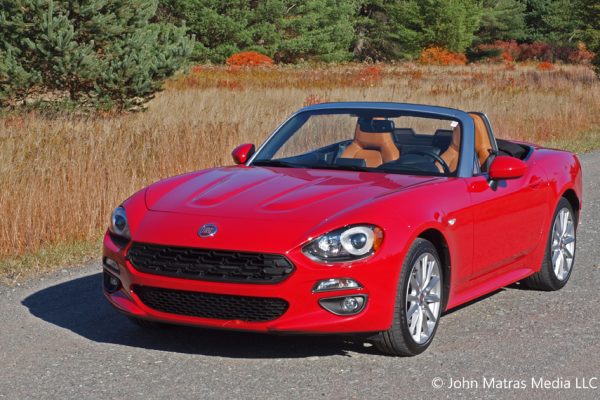
What Do You Think?
You must be logged in to post a comment.